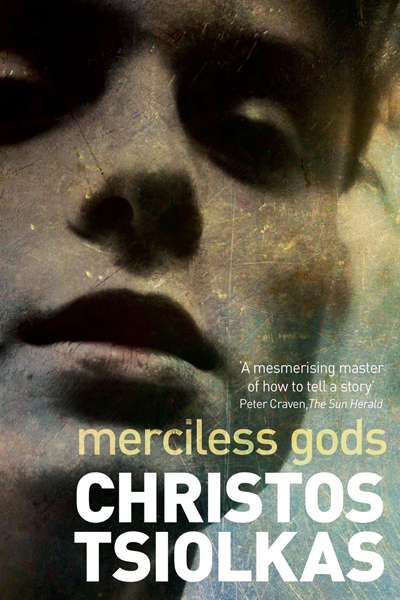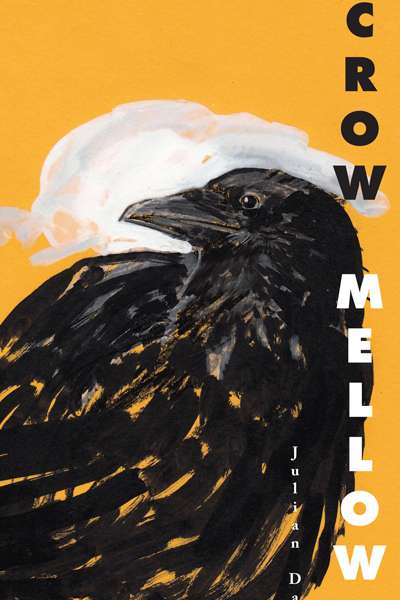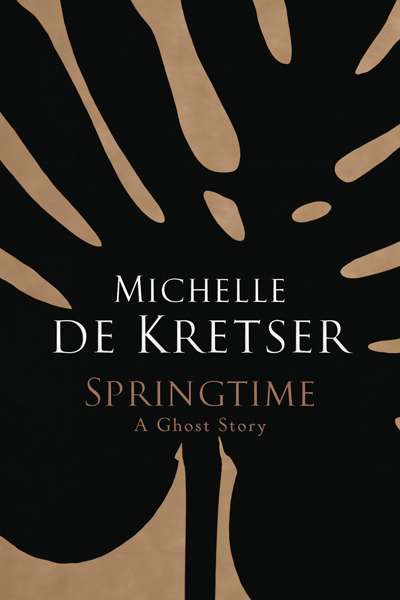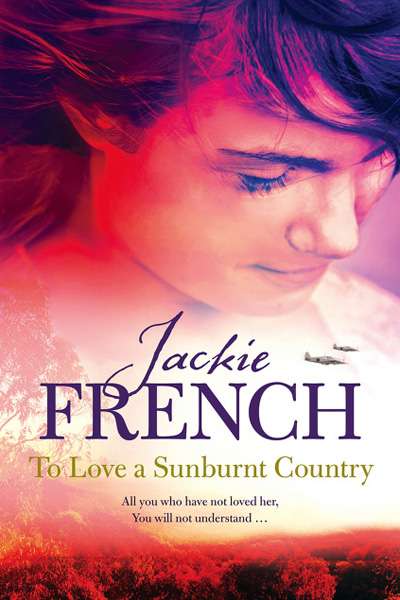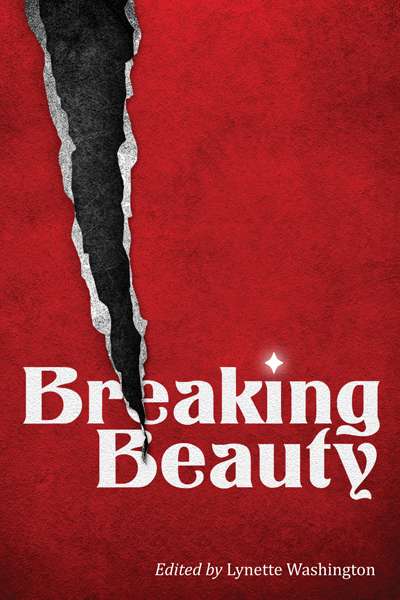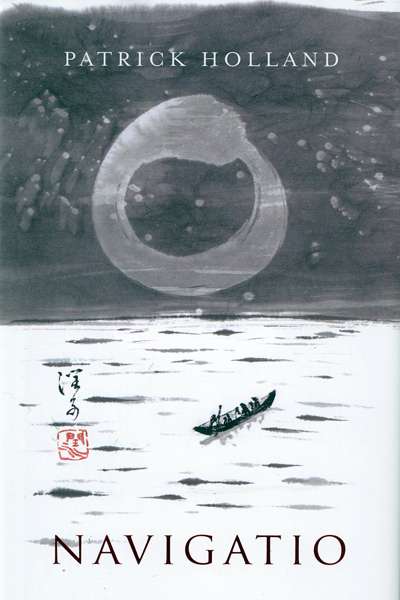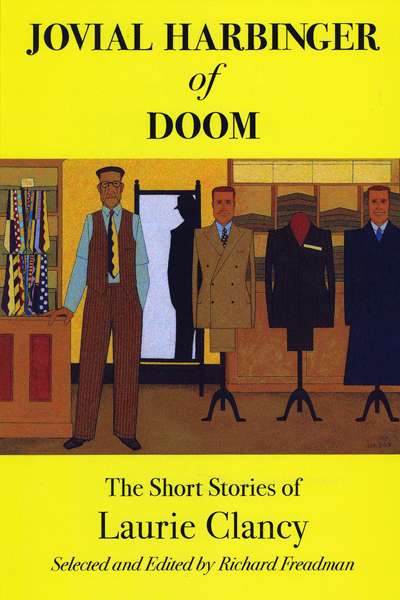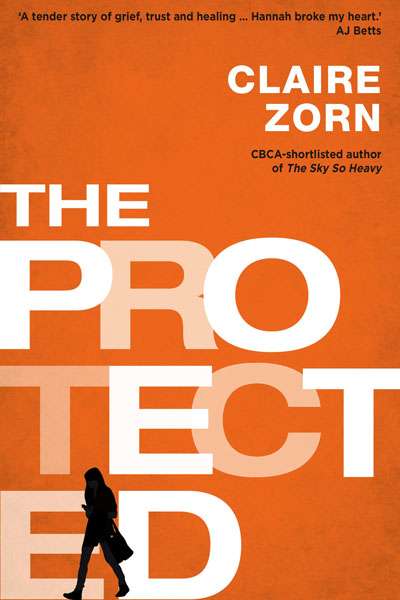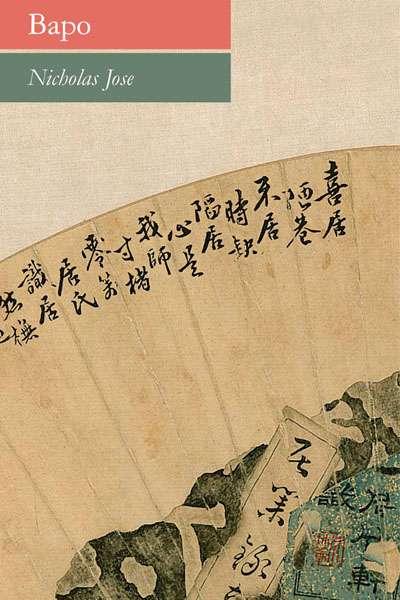Australian Fiction
Georgie heard it too. On the very first morning of this story, though so much had gone beforehand. The usual warbling of the typical magpies, if anything so mysteriously complex as a magpie’s song can be called typical. There she’d lie, day after day, alongside Muir in their countless beds, in cramped corner flats and large creaking homesteads, in cold fibro shacks and bedsits baking for the lack of ventilation, listening to the warbling giving birth to the light upon its loom: the many coloured strands of light that, no matter where they were, began each ordinary day. Muir would hurrumph in bed – he was a cranky sleeper; he dreamt of his novels’ characters, he told her, was not to be disturbed, except for sex – his thick freckled shoulder would rise against her and she would sigh and listen, to the coming of the light, until it was eventually strong enough for her to muster the energy and get the kids ready for school. More often than not it was a new school.
... (read more)
